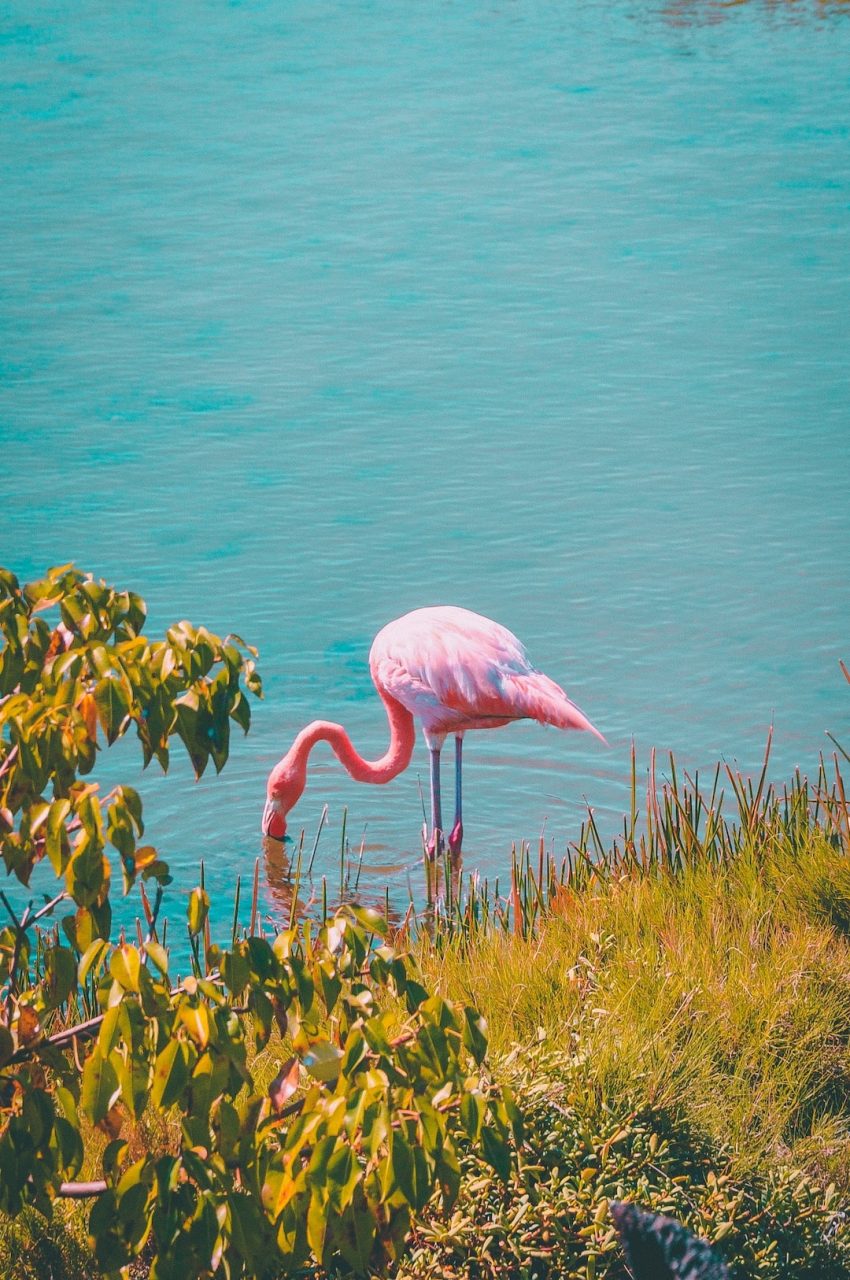Kakadu National Park is a vast protected area located in the Northern Territory of Australia. It is known for its stunning natural beauty, unique wildlife, and rich Aboriginal cultural heritage. If you are planning a visit to Kakadu, it’s important to choose the right time of the year to make the most of your experience. In this article, we will explore the best time to visit Kakadu National Park and the various factors to consider when planning your trip.
Seasons in Kakadu National Park
Kakadu National Park experiences distinct seasons that can heavily influence your visit. It’s crucial to understand the climate and weather patterns in order to plan your trip accordingly.
Dry Season (May – October)
The dry season in Kakadu National Park usually begins in May and lasts until October. This is considered the peak tourist season due to the pleasant weather and lower chance of rainfall. The temperatures are generally warm during the day, ranging from 25°C to 33°C (77°F to 91°F), and cooler at night. The dry season is an ideal time for hiking, wildlife spotting, and exploring the park’s numerous waterfalls and swimming holes. Additionally, this period offers the opportunity to witness traditional Aboriginal cultural activities and festivals.
Wet Season (November – April)
The wet season in Kakadu National Park starts in November and extends until April. During this time, the park experiences heavy rainfall and high humidity, transforming the landscape into a lush, green paradise. While the wet season offers a unique and vibrant experience, it also brings challenges such as limited access to certain areas due to flooding and the presence of mosquitoes. Despite these challenges, the wet season can be a great time for bird watching, as many migratory species flock to the park, and the waterfalls are at their most powerful.
Factors to Consider
When deciding the best time to visit Kakadu National Park, it’s essential to consider various factors depending on your preferences and interests.
Weather

The weather is a vital consideration when planning your visit to Kakadu. The dry season offers comfortable temperatures and less rain, making it easier to explore the park and engage in outdoor activities. On the other hand, the wet season brings lush landscapes and dramatic waterfalls but can also result in limited access to some areas due to flooding.
Wildlife
If you’re interested in observing wildlife, the best time to visit Kakadu National Park may vary. During the dry season, many animals gather around water sources, making it easier to spot a wide variety of species, including kangaroos, wallabies, crocodiles, and a plethora of bird species. In contrast, the wet season attracts different wildlife, and the park becomes a bird-watchers’ paradise.
Cultural Experiences
Kakadu National Park holds immense cultural significance for the Aboriginal people. Throughout the year, various cultural activities and festivals take place, providing visitors with the chance to learn about and engage with the local Indigenous culture. These events are usually more accessible during the dry season.
In conclusion, the best time to visit Kakadu National Park depends on your preferences and interests. The dry season offers pleasant weather, a greater range of activities, and cultural experiences, while the wet season provides lush landscapes and unique wildlife sightings. Whether you choose to visit during the dry or wet season, Kakadu National Park promises an unforgettable experience immersed in spectacular natural beauty and Aboriginal culture.

